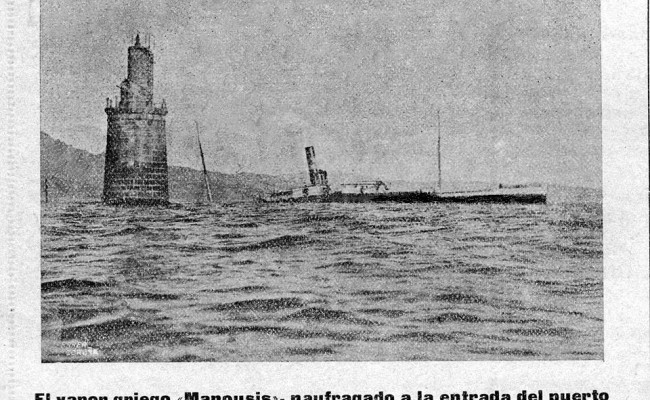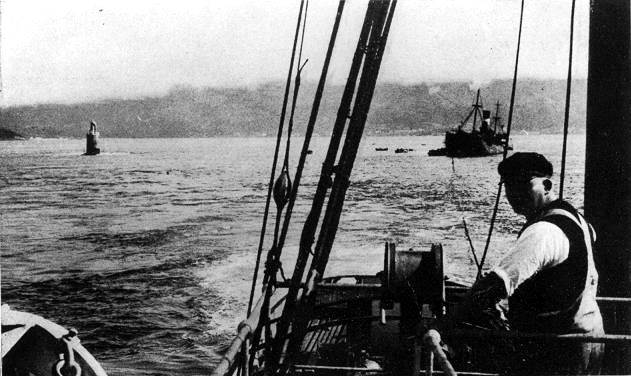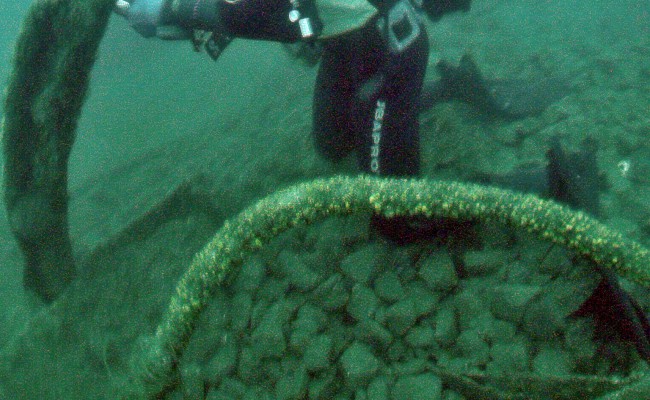The Greek steam ships’ graveyard
The shallow of Carrumeiro Chico is a rock that barely peeks out above the water surface at high tide. It is currently it is marked by a lighted buoy that warns seafarers of its presence as it is right in the access path to Corcubión estuary and has always been considered one of the greatest dangers to navigation in the area.
About a dozen vessels have been known to have been shipwrecked due to this rock, such as the British ships Rosalie (1905) and Albion (1908), the Russian ship Maria (1910); or the Greek ships Manoussis (1920), Constantinos Pateras (1922) and Mount Parnes (1935).
In fact, the high presence of Greek vessels led some authors to baptise this stone as “the Greek steam ships’ graveyard”.
Fortunately despite having a high density of shipwrecks, the number of fatalities is negligible in this point, in contrast to other places of coastline known as that of Death.
Currently, boilers of old steam ships, anchors, remains of hulls and ship structures and true underwater beaches formed by mineral cargoes are located under the water. Even at some 40 m depth, the remains of one of these steam ships are preserved intact. These circumstances allow us to know more about a time when maritime traffic shaped the History of these ports





